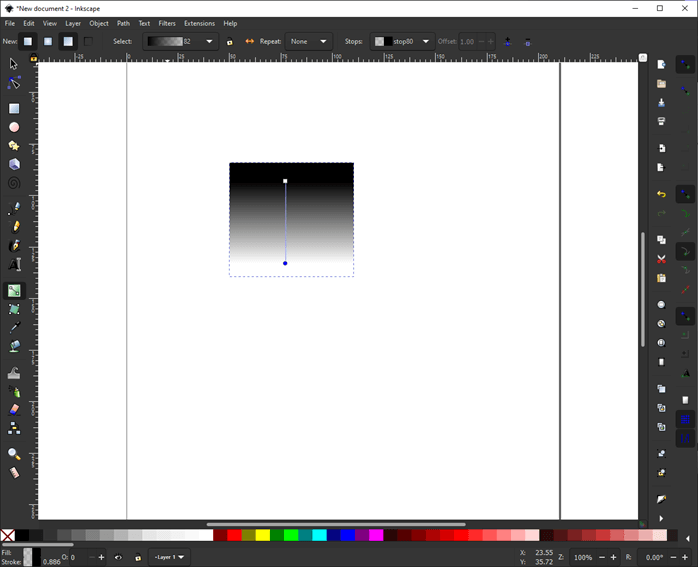


The surface data was then visualized using the plot_surf_stat_map function from the Nilearn library. The interpolated 3D volume was mapped to the Freesurfer pial surface template using the vol_to_surf function from the Nilearn library. The 3D volume containing the original data was then interoplated using a linear grid interpolation and registered to the MNI template volume with 12 degrees of freedom using the FLIRT tool in the FSL ( Jenkinson et al., 2012) interface from the Nipype version 1.3.0-rc1 library ( Gorgolewski et al., 2011). For regions that had heterogeneous mapping (i.e., multiple clusters) in the isomap space, k-means clustering was performed to calculate cluster affiliations for each region as described above in Eq. For brain distance maps, the intrinsic functional distance vector was made by computing the Euclidean distance between the mean ( x, y)-coordinates of the anatomical region in the isomap embedding and all other regions. Inkscape version 0.92 was used for final arrangement of some figures ( Albert et al., 2019).īrain surface plots were created by representing the N × 4 array, consisting of the MNI ( x, y, z)-coordinates for all N-regions, and the N × 1 vector containing the data value associated with each region, as a 3D volume. Glass brain figures were visualized using the plot_connectome function from the Nilearn version 0.6.2 library ( Abraham et al., 2014). Graphics were drawn using the Matplotlib version 3.1.1 ( Hunter, 2007) and Seaborn version 0.9.0 ( Seaborn, 2019) libraries using Python version 3.7.3 from the Anaconda distribution ( Anaconda, 2018).


 0 kommentar(er)
0 kommentar(er)
